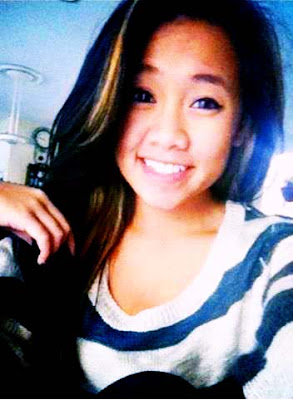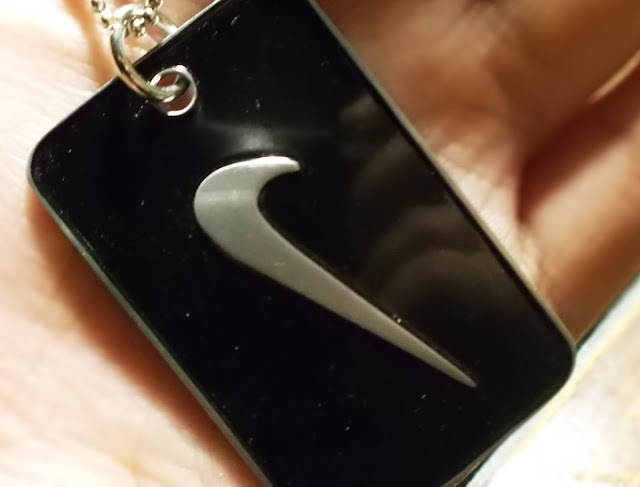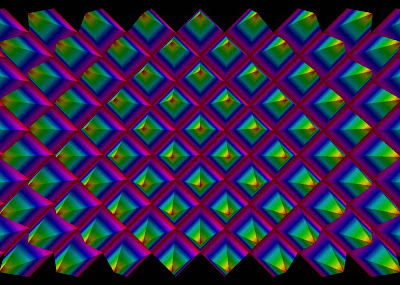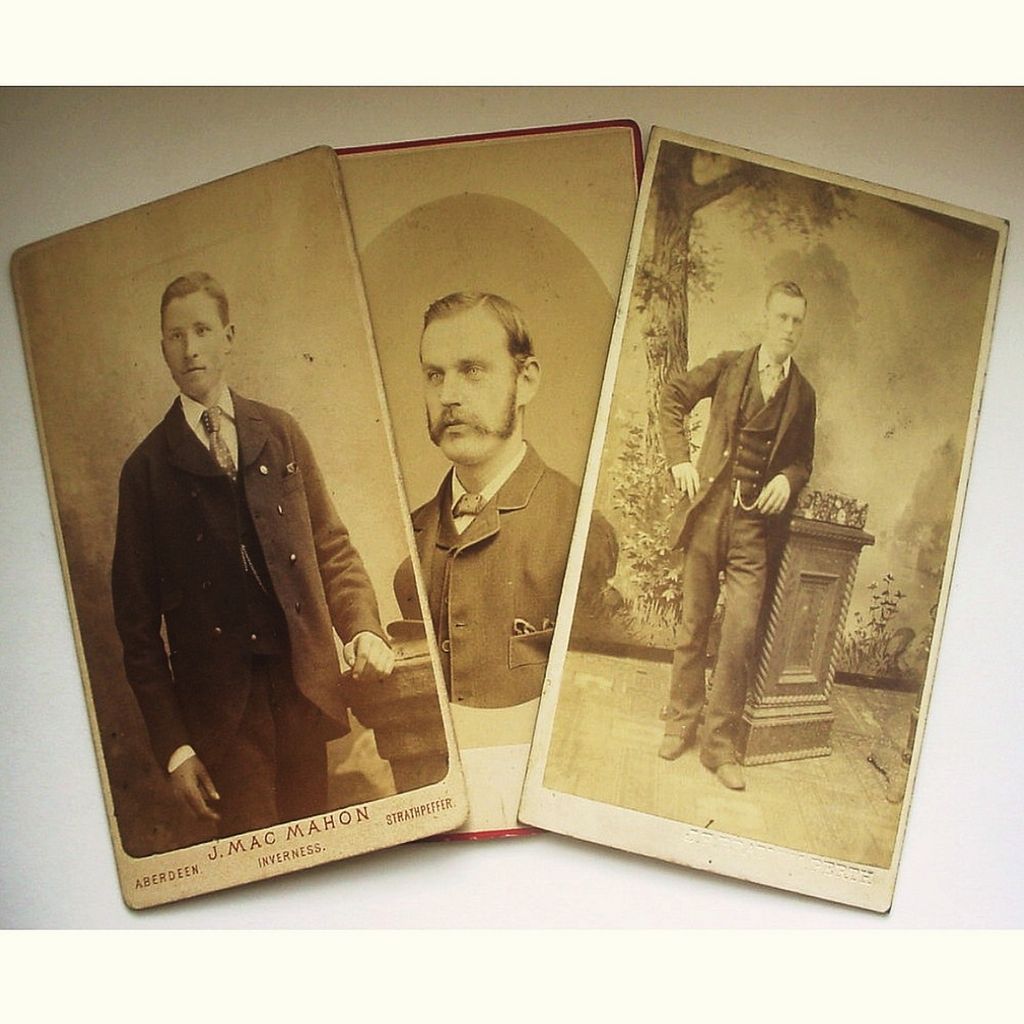1) Daguerreotype is an invention that Louis-Jacques-Mandé Daguerre had invented. It's called the daguerreotype process. The surface of a daguerreotype is like a mirror with the image made directly on the silvered surface. The camera obscura replaced the daguerreotype process.
2) Albumen print is the earliest form of photographic paper in the 1830's. The main ingredient of the albumen process begins with fresh eggs. Then a contamination from blood yolk or the
stringy tissues known as chalazae was carefully avoided. An
appropriate amount of chloride usually 1 1/4 was added. The albumen was beaten to a froth. This
mixture was allowed to stand until it had settled back to a liquid
state, then was filtered through muslin. If a fermentation step was
employed then the chlorides were added after the beating; settling
and fermentation were completed.
3) Stereograph are special imagines that create a very sharp illusion of 2D vision into 3D. They were popular in the
1950's.
4)
Carte de visite is a type of small photograph. That was made of an
albumen print which was a thin paper photograph mounted on a thicker
paper card. It is used for a single photograph on a piece of cardboard
of some sort.

5) Alexander Gardner (October 17, 1821 – December 10, 1882) is best known for his photographs of the Civil War, President Lincoln and the execution of the conspirators to Lincoln's assassination.
Mathew Brady (ca. 1822 – January 15, 1896) is best known for his portraits of celebrities and his documentation of the Civil War. He is credited with being the father of photojournalism.


































